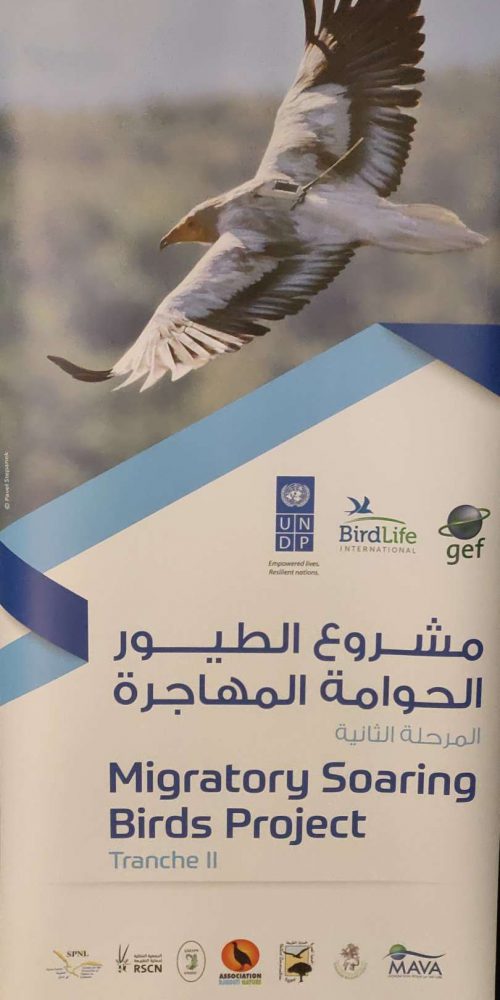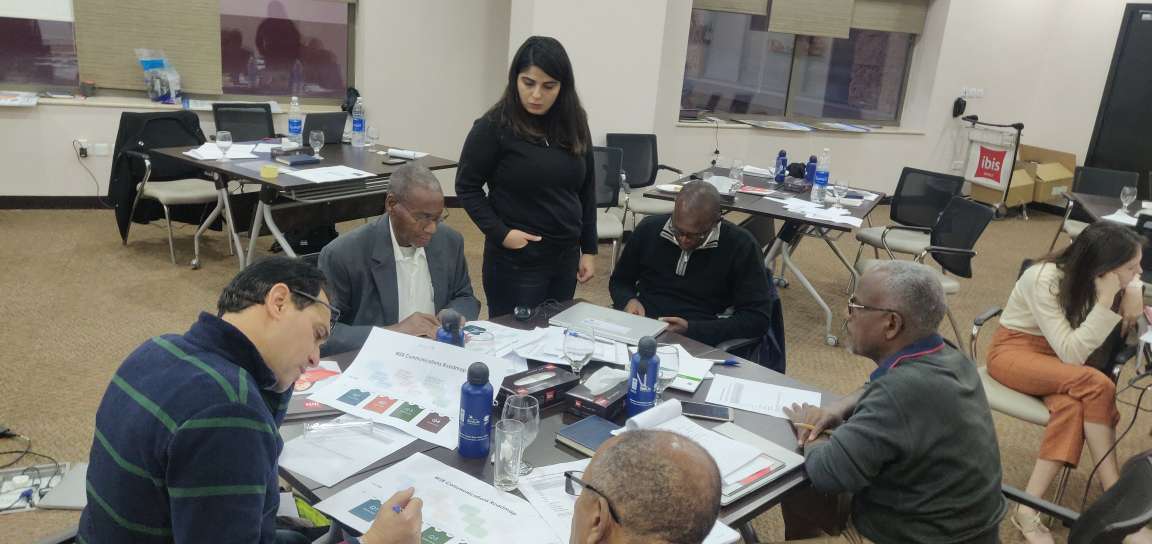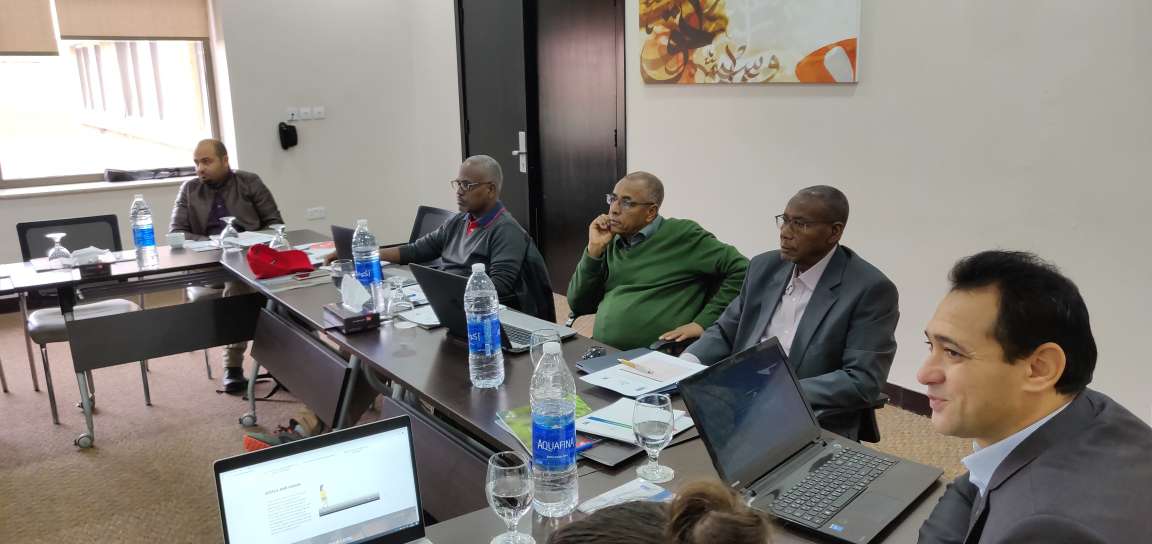MSB II


The Migratory Soaring Birds (MSB) Project in Ethiopia
About the Project:
The Rift Valley/Red Sea flyway is the second most important flyway for MSBs (raptors, storks, pelicans and some ibis) in the world, with over 1.5 million birds of 37 species, including five IUCN Red Listed species (Egyptian Vulture, Saker Falcon, Eastern Imperial Eagle, Greater Spotted Eagle and Northern Bald Ibis), using this corridor to move between their breeding grounds in Europe, Asia, and their wintering grounds in Africa. Among the 37 MSBs, 24 of them including all the Red Listed ones, visit Ethiopia once or twice a year. MSB Project National level activities are being implemented in Jordan, Lebanon, Sudan, Djibouti, Egypt and Ethiopia. The project is its Phase 2 which started in 2018 for the next 5 years. The Project is funded by the Global Environment Facility and is implemented by BirdLife International with the support of the United Nations Development Programme. Ethiopian Wildlife and Natural History Society (EWNHS) is the national implementing Partner in Ethiopia.
Project Duration:
MSB Project activities for Ethiopia is implemented in the period from December 2019 to May 2022.
Project Objective:
The project works to protect MSBs during their migration by mainstreaming their conservation considerations into the productive sectors that pose the greatest risk to these birds: energy, agriculture, hunting and waste management and in sectors which could benefit from these birds such as ecotourism. In Ethiopia, the project is working in the energy sector and involves wide stakeholder base including Ethiopian Electric Utility (EEU), Ethiopian Electric Power (EEP) and Ethiopian Wildlife Conservation Authority (EWCA). The project also aims to engage in the vibrant agriculture sector.
Some of the Key Activities:
Identification of dangerous electric infrastructures (powerlines, pylons and wind turbines) that are risky to MSBs
Development of guidance materials or technical tools to support bird friendly development of the energy sector
Capacity building of the energy agencies in Ethiopia with respect to birds protection
Installation of measures to mitigate against negative impacts of dangerous power infrastructures
Introduction of practices in the development and management of electric power infrastructure in Ethiopia that guarantees safety of MSBs and other vulnerable birds
Creating awareness about MSBs and the sector across the country
Marking global environmental and conservation days by stakeholders and the public
Promoting functional relationships between stakeholders in nature conservation and energy sectors





